Terpolymer granules composed of acrylonitrile, butadiene, and styrene are known as ABS plastic products. In a typical formulation, styrene, butadiene, and acrylonitrile are each used in about half of the total volume of the resin. It should come as no surprise that various grades of ABS may result in a wide variety of qualities and applications because of the vast variances between them. Polyvinyl chloride, polycarbonate, and polysulfone are just a few of the various materials that have been used in the production of a wide variety of compounds.
The processing of materials made of acrylonitrile butadiene styrene may be done using any of the usual heat treatment methods. During World War II, the basic material styrene butadiene acrylonitrile (SBR) was put to use as a substitute for rubber, which led to the discovery of the polymer acrylonitrile butadiene styrene (ABS).
In the early 1950s, commercial polymers made of ABS were initially launched in an effort to get the greatest features that ABS and styrene had to offer. Including properties such as flame retardant, high impact resistance, high heat resistance, high flux, high gloss, good flux, general purpose, excellent impact resistance, antistatic, and medium impact resistance.
They find applications in electrical and electronic applications, automotive applications, home appliance applications, housings, general purpose applications, medical and hygienic applications, architectural applications, home appliance part applications, and automotive interior and exterior applications. It has a low resistance to air, moderate resistance to heat, humidity, and chemicals, a relatively expensive cost, and it creates a great deal of smoke. Additionally, it is combustible.
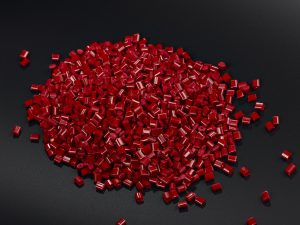
Is ABS material strong
If the base of the seat is made of ABS, it may be initially strong rather than if it were made of PP material. Nevertheless, PP is a superior option for the material choice for an essential reason that is relevant over the long run. ABS has an amorphous structure, which indicates that its molecules are not linked together in chains like spaghetti but rather are placed in any specific arrangement. This allows the substance to be created under pressure.
Due to the semi-crystalline structure of PP and the increased number of particles that are held in place, the chance of fatigue failure is significantly reduced. It is possible to make it totally solid, particularly when the PP substrate is used in conjunction with additions such as glass fiber (up to half by weight), as in the previous sentence. I hope this helps address the question that was expressly asked concerning durability.
ABS is available in two distinct grades: one that is used for extrusion molding and another that is used for injection molding. On the other hand, the parameters that are used to manage ABS have a direct bearing on the final qualities that they exhibit. Molding something at a lower temperature, for instance, results in increased strength, whereas molding something at higher temperature results in increased gloss and sheen. Several chemicals may be added in to make it more durable, protect it from the damaging effects of UV rays, and keep it from oxidizing or discoloring.
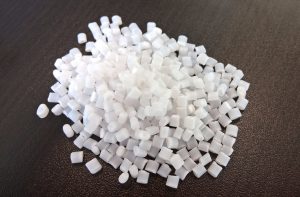
ABS resin uses
In addition to its application in the construction of Lego bricks and components for computer keyboards, ABS is often used in the production of plastic face shields for wall sockets and protective casings for power tools. The automobile industry makes frequent use of it, particularly for plastic alloys and interior components, among other applications. ABS is a material that cannot be replicated in the production of corrugated plastic structures and plastic pipes used in the building sector.
It may be trimmed to the desired dimensions and comes in a wide range of colors and finishes. Additionally, it may be used in the production of protective headgear such as helmets and hard hats. ABS plastic is used in a wide variety of other products, including but not limited to printers, vacuum cleaners, kitchen appliances, fax machines, musical instruments (voice recorders and plastic clarinets are just two examples), and plastic toys.
Plastics suited for outdoor life are also typically constructed from ABS, since this flexible thermoplastic resists rain, storms, and strong winds effectively. However, in order to lengthen the amount of time it may be used outside, it has to be appropriately shielded from the sun’s ultraviolet radiation and from the effects of severe weather. Because of its relatively low manufacturing cost, it is also an economical choice for the creation of plastic prototypes and prototype models.
ABS has been an important contributor to the development and expansion of 3D printing in recent years. The required appearance and effect may be simply and quickly machined from commonly accessible ABS components. ABS may also be electroplated, which opens up even more possibilities for its applications. Manufacturers, educational institutions, and even home printing enterprises and other entrepreneurial endeavors are beginning to see the benefits of investing in 3D printers as they quickly become an increasingly popular draw.

ABS plastic products
ABS plastic is an opaque thermoplastic and amorphous polymer that is formed from a mixture of two plastic products and one rubber. The three components that make up ABS plastic are acrylonitrile, polystyrene, and butadiene.
Because each component has its own set of distinct material qualities and may be combined in a broad range of proportions, the ABS polymers that can be produced using this process are very diverse. The distinctive qualities of each monomer that goes into the production of ABS are outlined in the following paragraphs.
- Acrylonitrile. Putting together propylene and ammonia results in the production of this synthetic monomer. The polymer with a high amount of acrylonitrile offsets part of the elasticity of butadiene rubber, hence boosting structural and thermal flexibility. Acrylonitrile is a component of ABS plastic that gives strength and resistance to heat.
- Butadiene. A hydrocarbon rubber, this synthetic rubber monomer is produced by isolating molecules derived from petroleum and then eliminating hydrogen in order to form longer chains of unsaturated hydrocarbons that are more stable. Polymers that have a high percentage of butadiene are not only more elastic and flexible, but they also assist boost the strength of ABS plastic when combined with other monomers, which in turn makes the material less brittle.
- Styrene. A dehydrogenation procedure very similar to that used to make butadiene is used in the production of styrene monomer. Because a higher styrene content increases stiffness but reduces heat resistance, which is typically not a useful combination of properties, ABS plastics are typically composed of fifty percent styrene and varying amounts of other monomers. This is because ABS plastics are designed to be impact resistant.

Does ABS plastic break easily
ABS plastic is a family of opaque thermoplastic resins that are copolymerized from acrylonitrile, butadiene, and styrene monomers; hence it does not break so easily. These monomers are referred to collectively as ABS. The primary benefit of using ABS plastic is its strong resistance to impact, in addition to its high strength or high modulus. ABS resins are brittle even when cooled to temperatures below freezing because they are made up of rubber-reinforced particles that are suspended in a continuous phase of styrene-acrylonitrile (SAN) copolymers.
These low-cost amorphous thermoplastics are available in a wide range of grades, each of which has a unique combination of properties, including impact strength, heat resistance, flammability, and palatability. The vast majority of natural ABS resins range from transparent to opaque, but these resins can also be produced in clear shades and can be dyed to virtually any color. There are grades available for blow molding, foam molding, injection molding, and thermoforming. Injection molding and extrusion molding are also options.
Surface finishes that range from satin to high gloss may be achieved by varying the amount of molding and extrusion used. There are ABS varieties that are made specifically for electroplating. Because of its molecular structure, the electroplating process is characterized by its speed, ease of control, and cost-effectiveness. When specific grades of ABS are mixed with different resins, the resulting composite material has qualities that are unique.
For instance, combining ABS with polycarbonate results in a material that is more cost-effective while retaining a superior balance of heat resistance and impact qualities. Polycarbonate raises the temperature at which bending occurs, although ABS is simple to shape. The hard polyvinyl chloride (PVC) that is used for pipes, sheets, and castings may also be modified with other ABS resins. There are other reinforced grades available, some of which include as much as forty percent glass fiber.
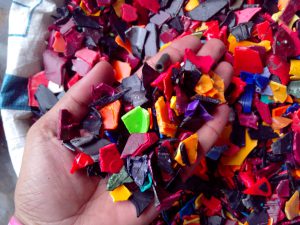
Disadvantages of ABS plastic
For sure there are some advantages and disadvantages. In order to strike a balance between these two sets of benefits, ABS plastic also has certain drawbacks. Because it has such a low melting point, it cannot be used for applications that need high temperatures or for medical implants. In addition to this, it has a weak resistance to solvents and pressure, and if it is not well covered, it also has poor resistance to the effects of air and UV radiation. Due to the limited conductivity of the material, it is not always suitable for usage in circumstances that might compromise the overall design.
When ABS materials are burned, a great deal of smoke is produced, which contributes to issues of air pollution. ABS might be a cost-effective, attractive, high-performance thermoplastic with a wide variety of benefits and uses despite these disadvantages, provided that it is employed in applications that are not restricted to those described above. ABS plastic provides a ton of benefits, including low manufacturing costs, high strength, and an attractive appearance in finished products. The material’s resilience to repeated cycles of heating and cooling makes it an excellent candidate for recycling.
ABS can be manufactured to a very high standard, and it can be made in a wide range of colors and with a range of different surface textures. It is easy to transport and may be used in a myriad of settings because of its low weight. Last but not least, the low thermal and electrical conductivity of ABS makes it an excellent choice for products that call for dielectric protection. In addition to this, it has excellent resistance to impact and is able to absorb shocks in a reliable and effective manner.
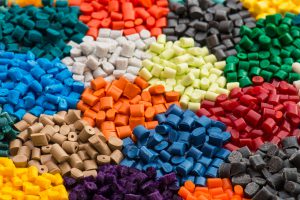
ABS material properties pdf
Putting the properties of this material in a pdf file is rather easy. The ABS box is not only resistant to shock and wear but also simple to manipulate within the machine. In the world of electronics, where boxes must frequently be modified to accommodate connectors, switches, LEDs, and other components, one of the primary reasons why ABS plastic is used is because of this property. In addition to this, ABS plastic is one of the most cost-effective materials that can be purchased today.
As a result of its significantly lower cost in comparison to that of other man-made plastics such as polycarbonate, it is ideally suited for use in high-volume consumer electronics products as well as other projects that call for stringent cost management. It is essential to keep in mind that ABS containers are not appropriate for every application. For instance, ABS by itself is not UV stabilized and requires additional additives to achieve this property; consequently, it is not a material that is recommended for use in outdoor enclosures.
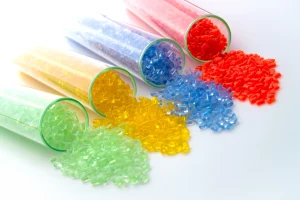
ABS, on the other hand, maybe a highly cost-effective and long-lasting material choice for applications involving indoor container use. One of Raika’s largest plastics and chemicals manufacturing products is ABS polymers and the procedures used to create them. Because of our current position, we’re a key participant in the market. Packaging, electronics, automotive components, and furniture are some of the industries where Raika’s goods and technologies are in great demand and extensively used. To learn more about what we have to offer, contact one of our product professionals.




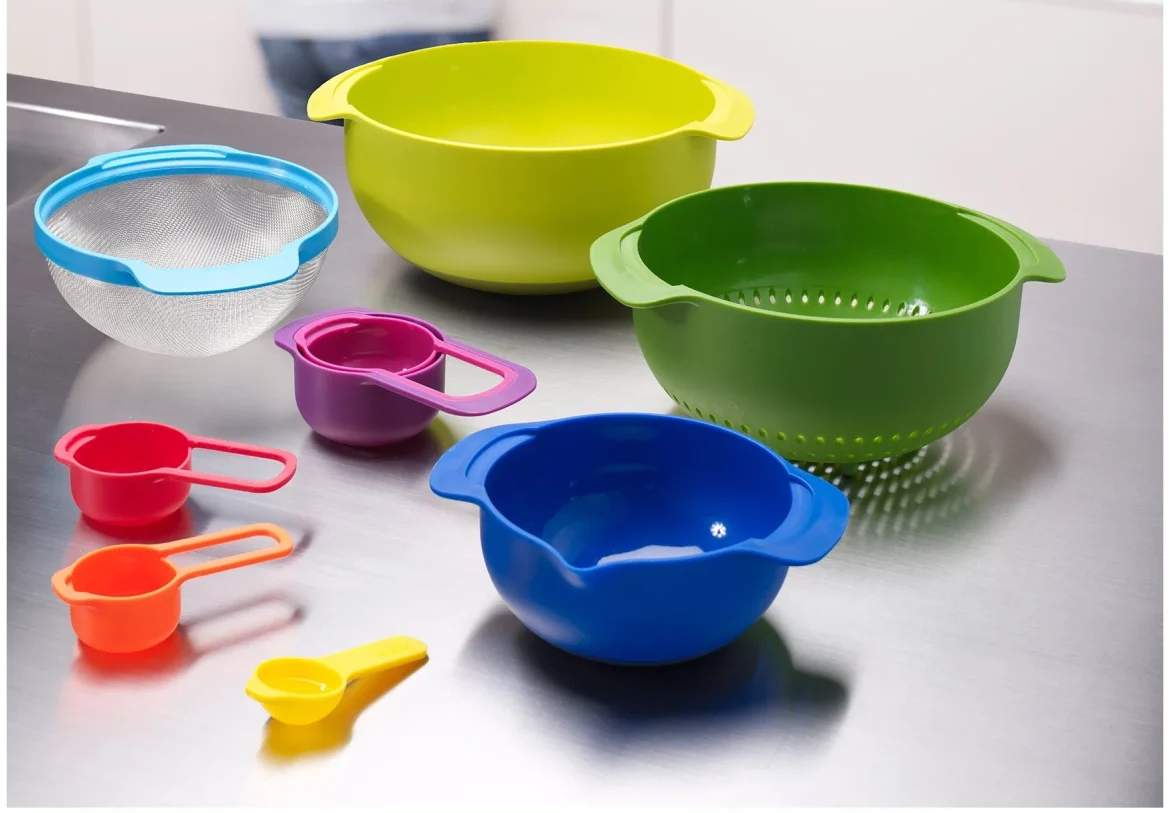


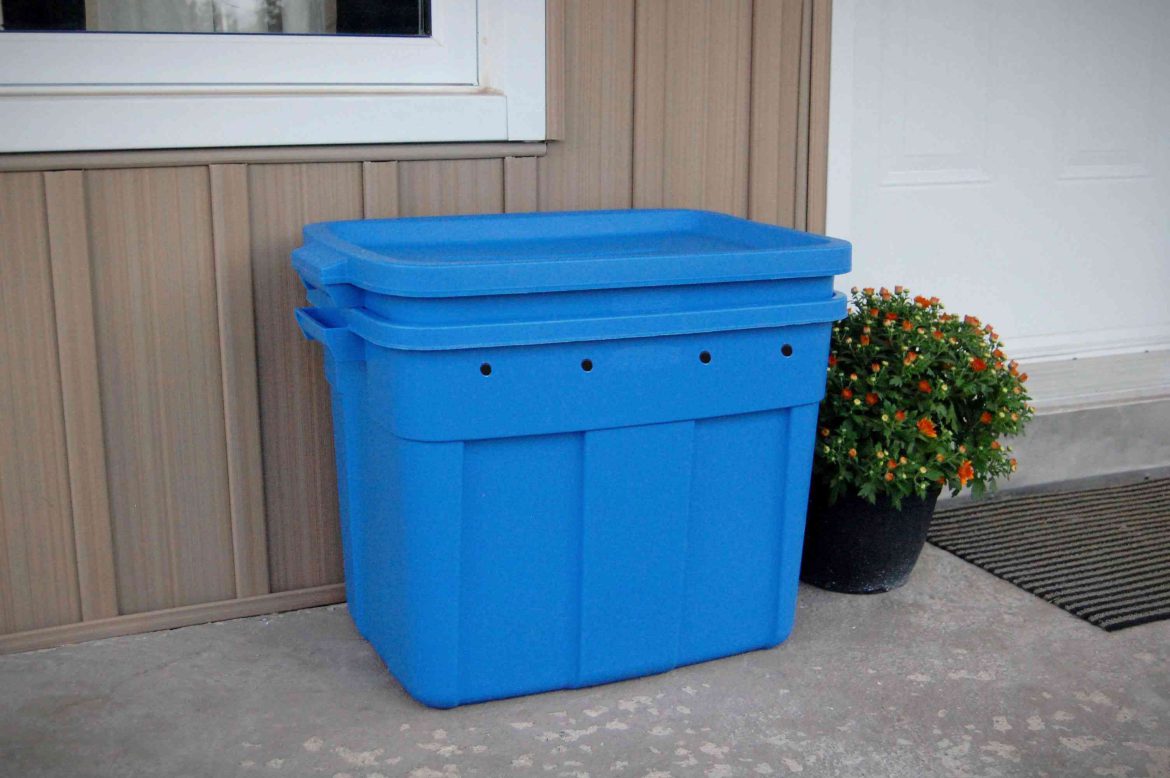
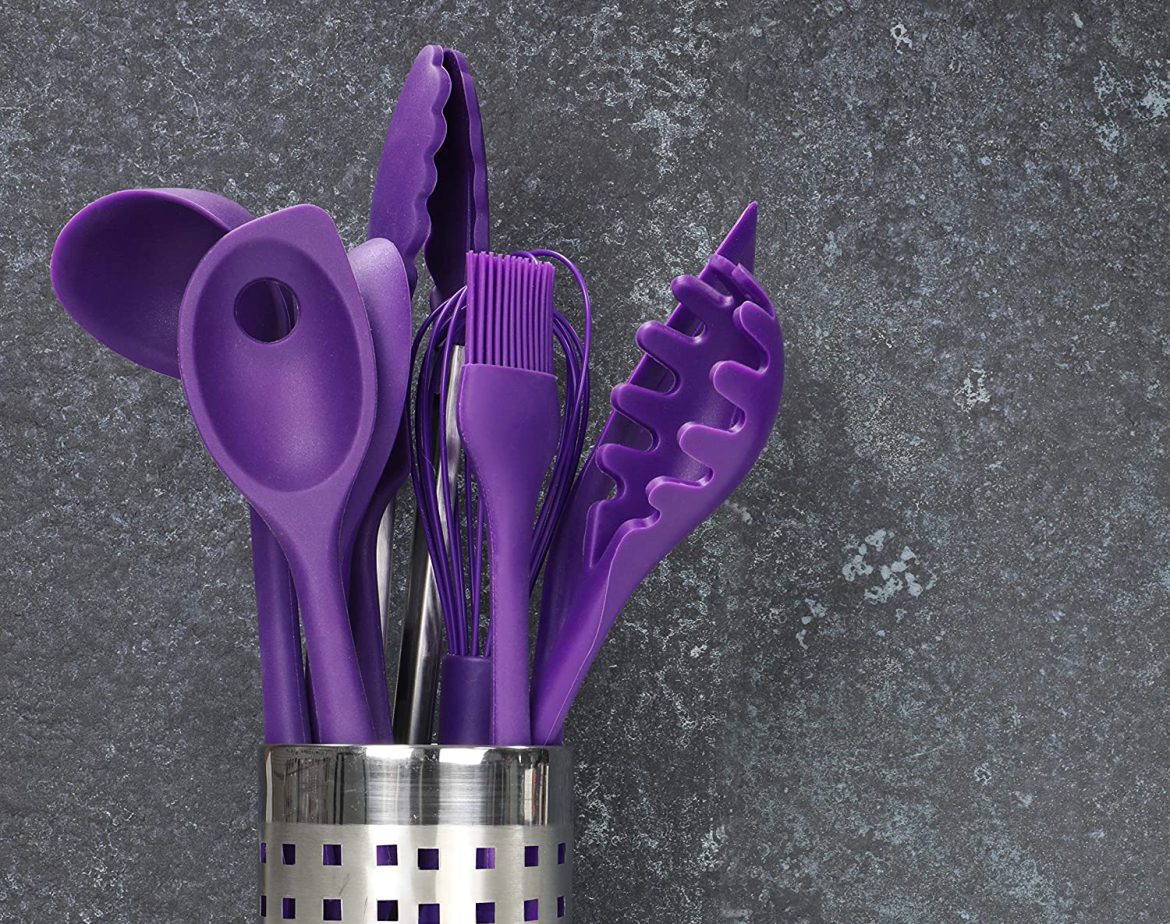
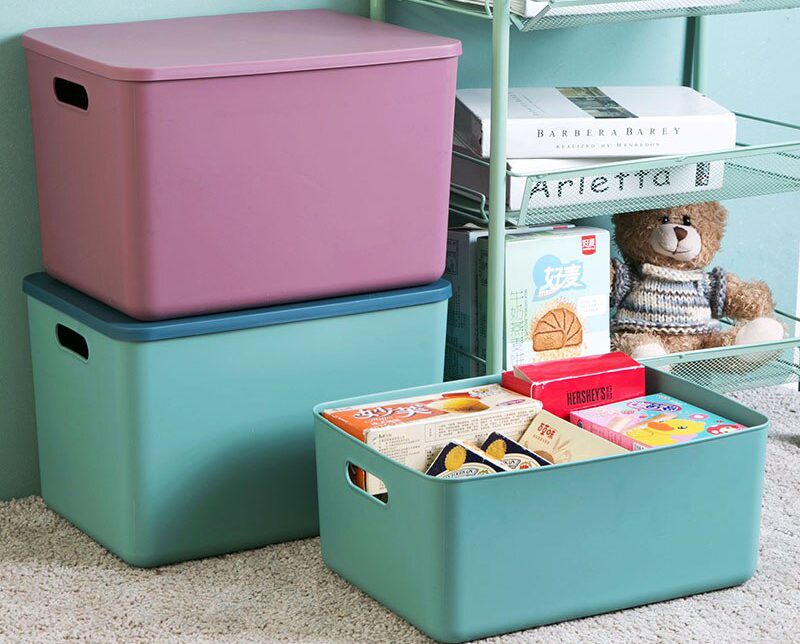
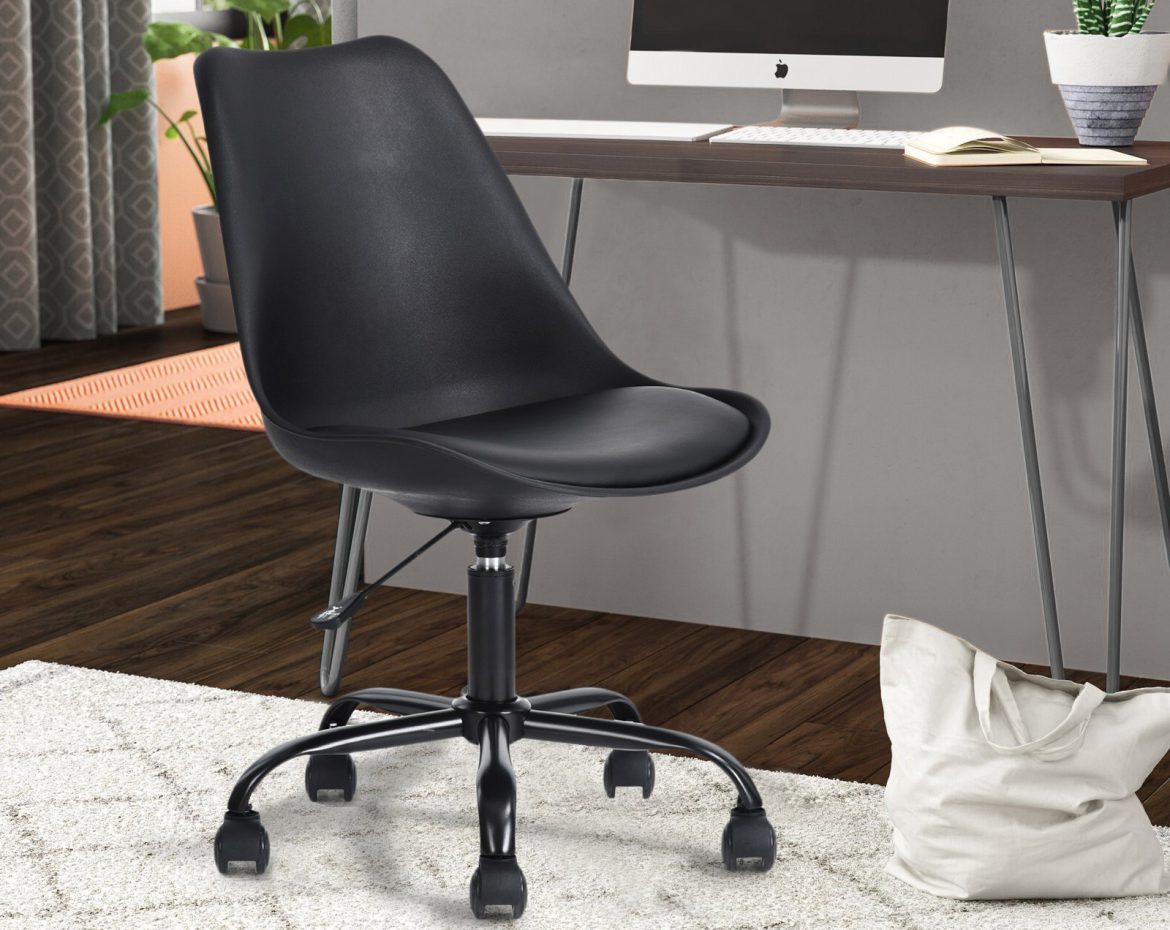
Your comment submitted.